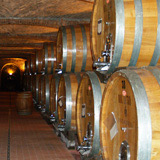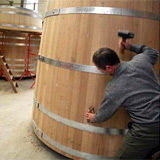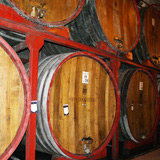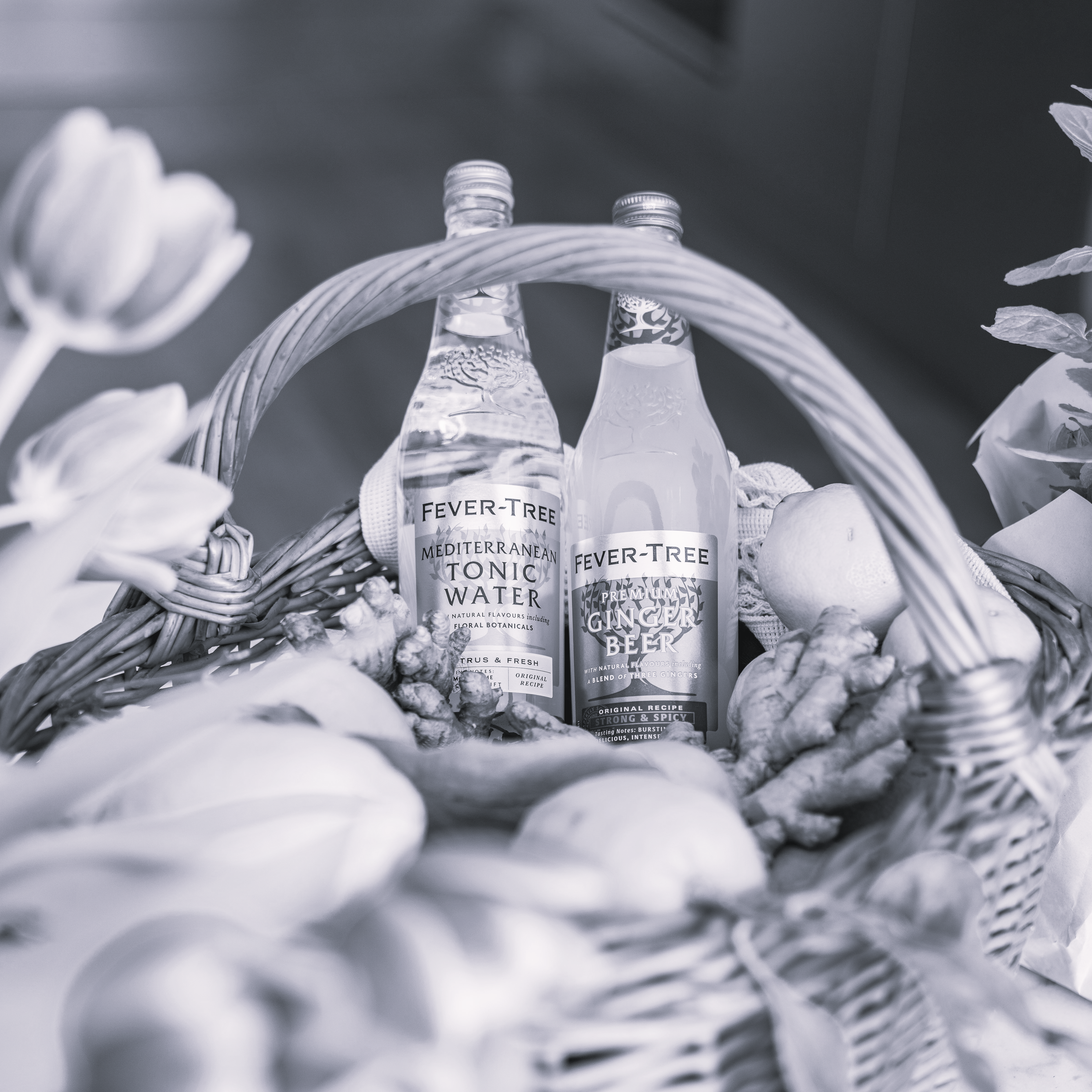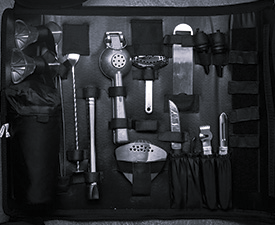A Foudre is a generic French term for a large wooden vat between 20-120 hectolitres in size (hectolitre = 100 litres).
These large oak barrels vary enormously in size but are significantly larger than the normal oak barrels. They are used in Bordeaux, widely used in the Rhone Valley, Piedmont, a few in Burgundy and more each year in other wine regions.
The use of a large format barrel is very different than other barrels, and must be respected as so. The surface area is totally different and the thickness of the staves allows less oxidative process than a normal wine barrel. These large barrels tend to preserve the vineyard character by minimizing both oak extraction and oxidation.
Foudres had fallen out of favour too the traditional wooden barrels because of their price and maintenance. A few craftsmen are responsible for the come-back of Foudres, due to several modern innovations to these ancient containers by adding large stainless-steel doors and lids that allowed these vats to be used not only for the fermentation but also for the elevage.
The fitting of steel parts on a wooden vat is difficult because if not properly done it can leak, remember that wood keeps breathing and moving, while steel is inert, and combining the two materials is not easy. The reason why Foudres are not common in Burgundy is because Pinot-Noir is better off in small, normal sized casks because it needs more aeration.
The making of large-capacity vats implies the use of much thicker oak staves, which in turn ask for a much longer toasting of the inside of each cask. A regular sized barrel needs 30-45 minutes, where a large wooden vat needs an entire day. They keep watering the outside during the entire operation (and the inside occasionally) to prevent the wood from cracking and at the end of the day the huge vat gets its final bending and shape. Winemakers can even ask for different types of bending, angle and proportions, which mean differently shaped staves and more or less difficulty in the assembly.
